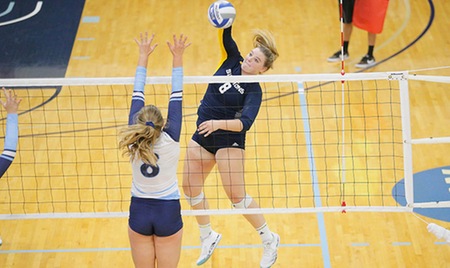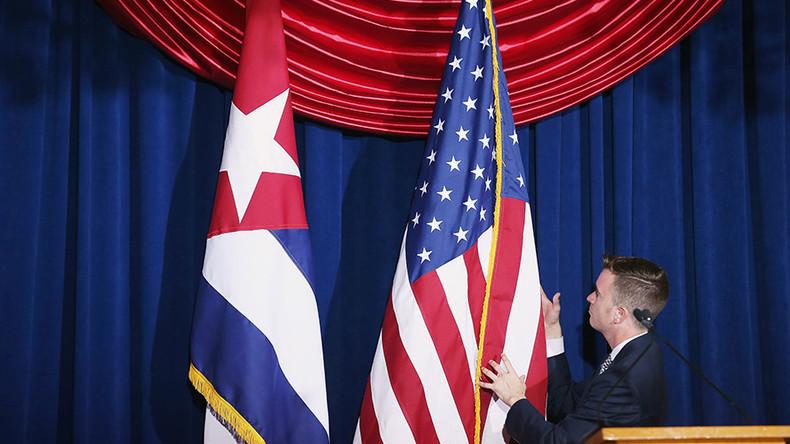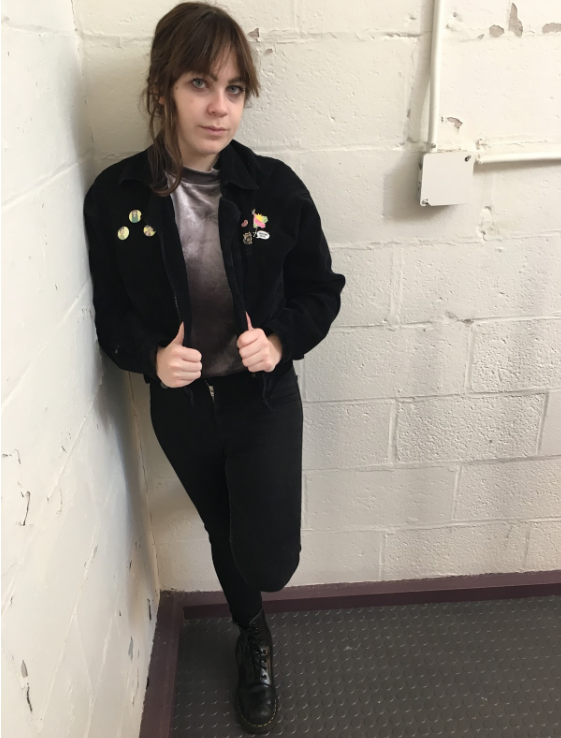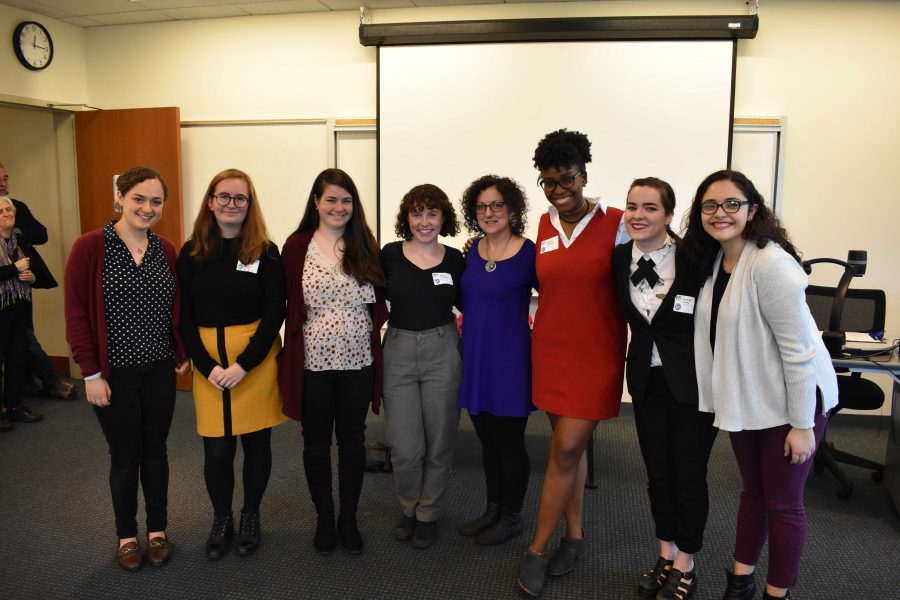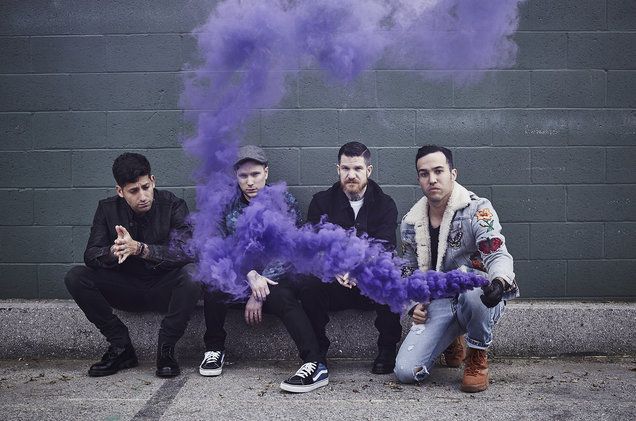By Shen Gao
Staff Writer

Dyslexia is a learning disability characterized by difficulty reading, regardless of intelligence. It is quite common, and does not act as an indicator for how lazy someone is, nor is it a result of poor vision. It occurs in people with normal vision, and of varying levels of intelligence and diligence.
Dyslexia is a neurobiological condition that not only affects reading but also affects spelling. Those suffering from this condition have trouble recognizing words quickly, and are not adept at “decoding” words – identifying words they do not know. Due to this, they may have trouble understanding what they are reading because so much effort is spent on identifying the letters and words alone.
To add to the burden, many of today’s typefaces (commonly referred to as “fonts”) feature shapes and serifs — the little bit that comes off the end of a stroke in a letter — that are very similar to each other, for letters in the same typeface. A lowercase “n” flipped over may look a lot like a lowercase “u,” and the letter “d” may look like a “b”, the letter “p” a “q” and so forth. This forms the basis for the struggles of some early-stage dyslexic children due to their tendency to flip letters around in their heads.
A relatively new typeface called Dyslexie may be just what dyslexic people need for their reading needs.
This font was created by Christian Boer, who is dyslexic himself. He originally designed this font to improve his own reading experience. It is designed with the idea in mind that every letter should be unique, offering little or no repetition of shapes or serifs for its letters.
One feature of this font includes extra spaces between the letters, which increases readability and counteracts the “crowding effect”, in which letters may appear too close to each other. Another is that the capital letters are naturally bolder than the lowercase letters in order to help those who are dyslexic to read sentences one by one. This feature helps to prevent overlooking the beginning of a sentence and fusing two sentences as one.
The Dyslexie font features letters with heavy bottoms, preventing them from “tilting over.” They also have slanted parts, in which the tails of letters are tilted. Bigger openings contribute to the font’s readability. In addition, the letters in the font have longer ascenders and descenders (the top part of a “d” or the lower leg of a “q”, respectively).
It is reported in some findings that using the Dyslexie typeface increases reading speed and produces fewer reading errors for those who are dyslexic, although this result was not statistically significant. Nevertheless, this typeface could be worth a try for someone with dyslexia.




